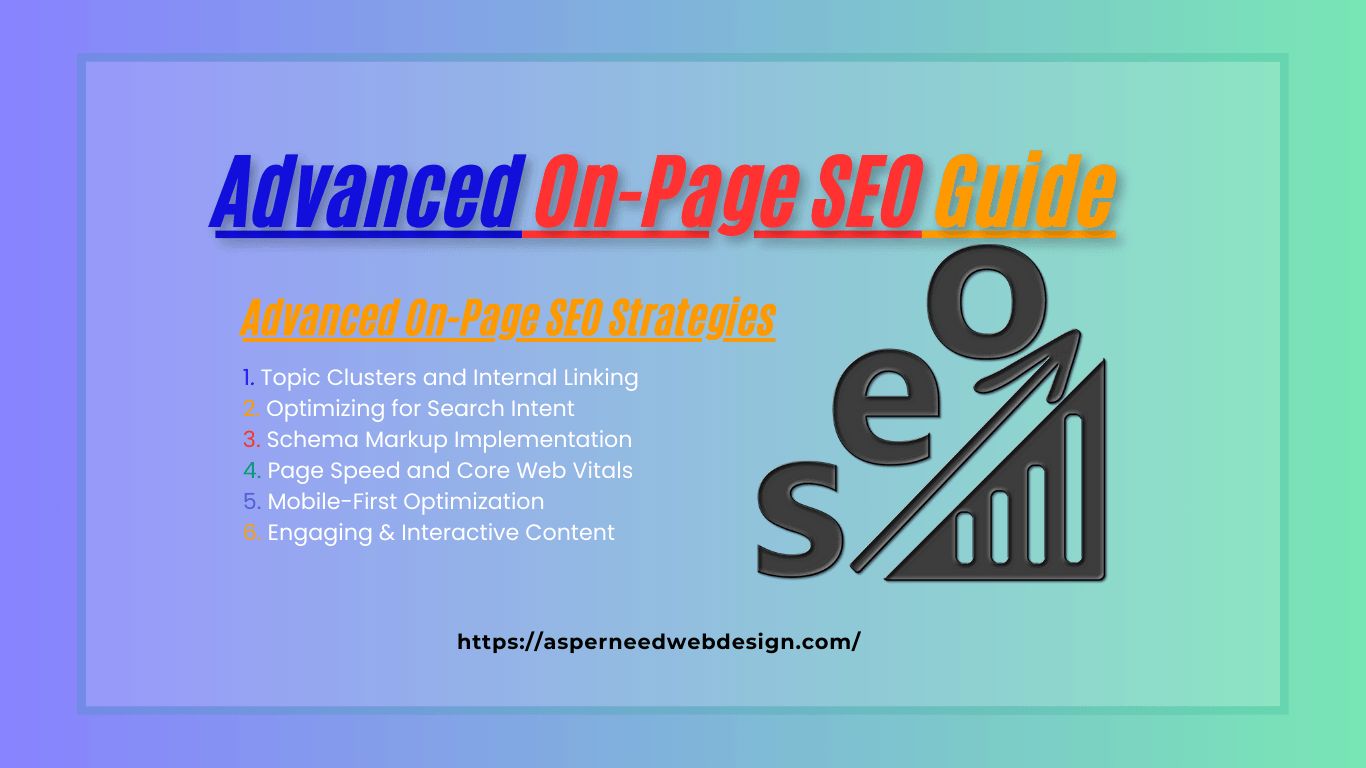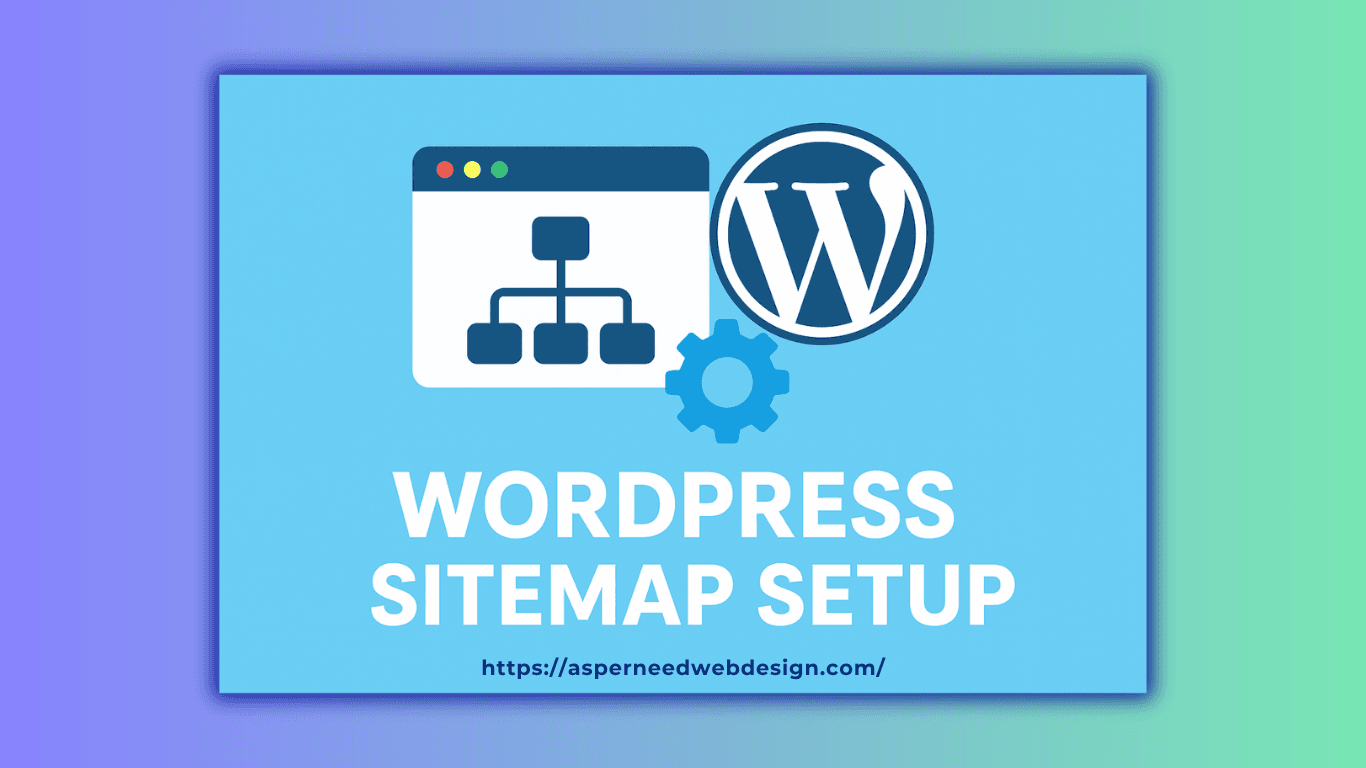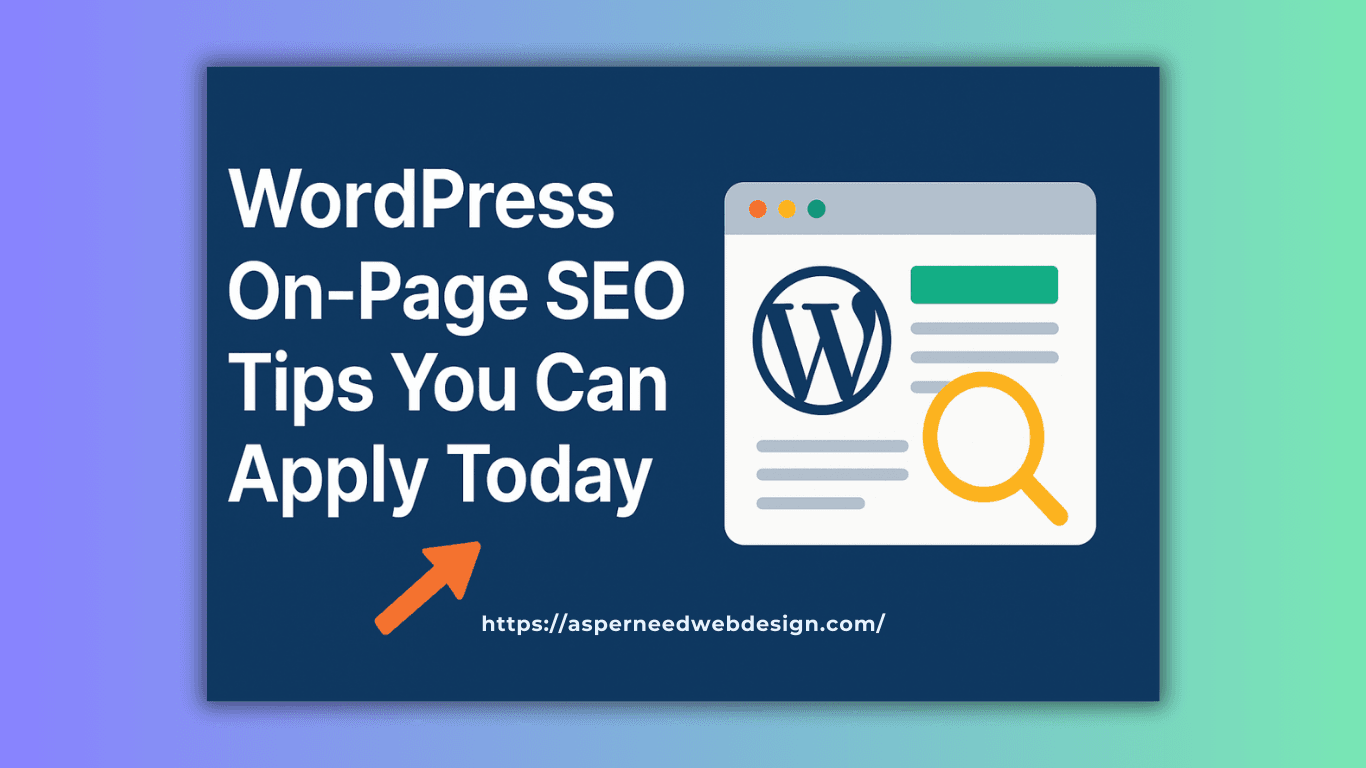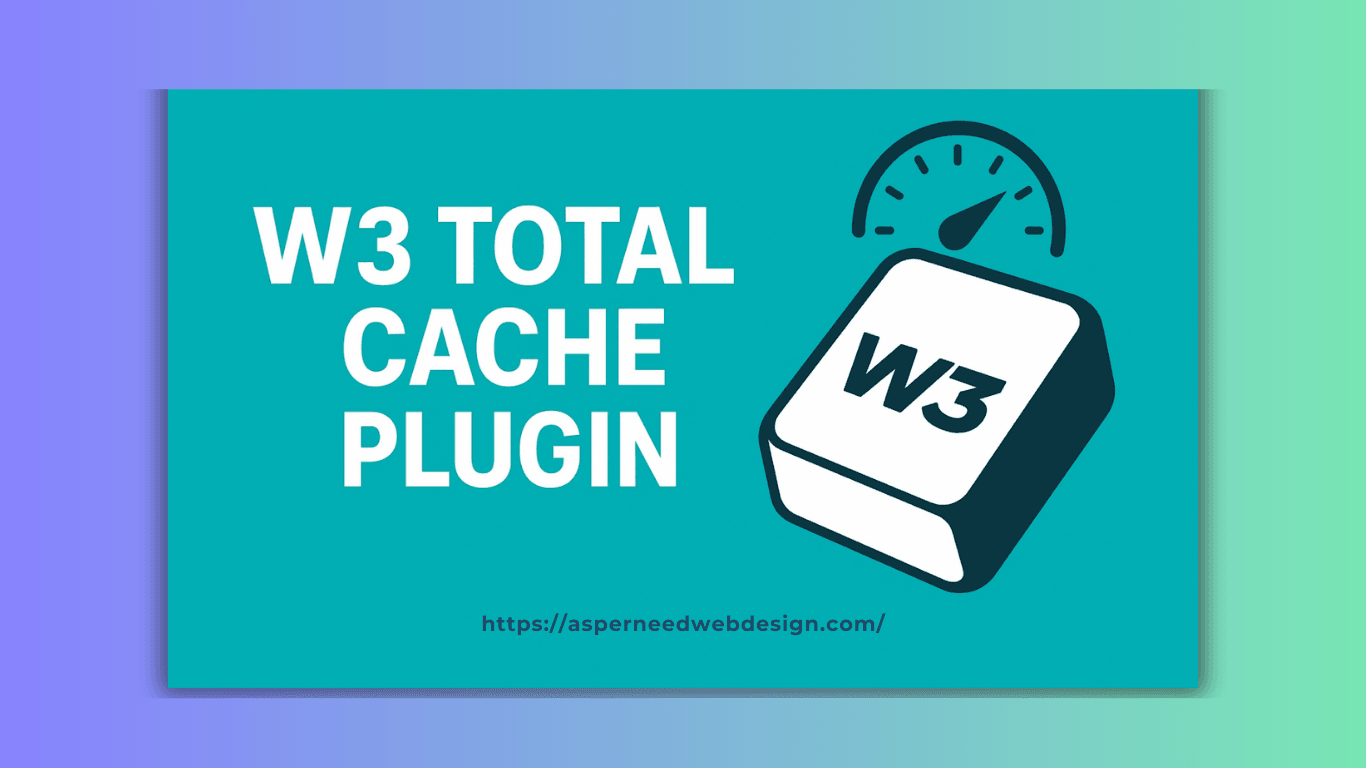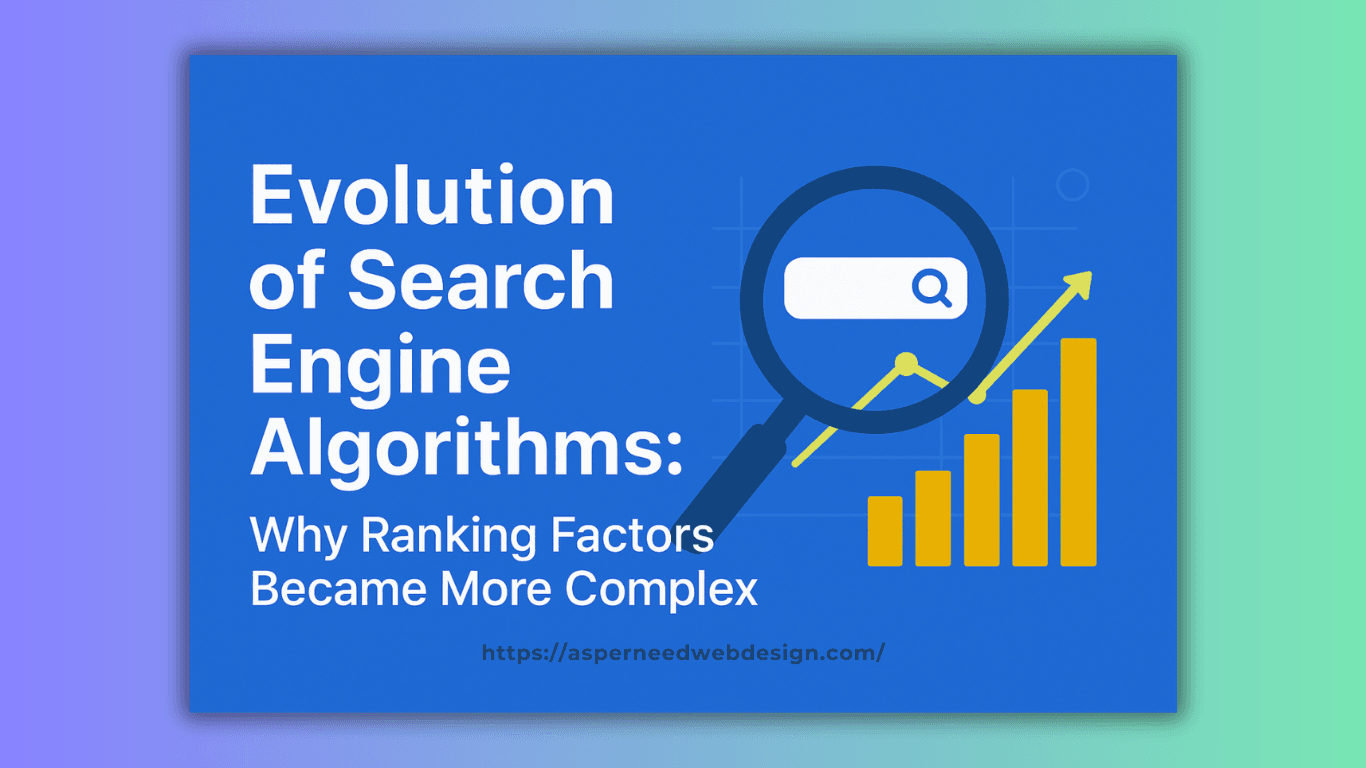In today’s digital landscape, On-Page SEO plays a crucial role in improving a website’s search engine rankings. If you want your website to rank higher and attract more organic traffic, mastering on-page optimization is a must. This comprehensive guide covers everything you need to know about Advanced On-Page SEO, critical on-page SEO factors, a step-by-step on-page SEO process, and the best free on-page SEO audit tools to evaluate your website’s performance.
Table of Contents
What is On-Page SEO?
Increasing the visibility of individual web pages in search engine results is referred to as “on-page SEO.” It entails optimizing a page’s HTML source code and content. while ensuring an excellent user experience. Unlike Off-Page SEO, which focuses on external factors like backlinks, On-Page SEO is fully within your control. Effective On-Page SEO improves website visibility, enhances user engagement, and increases conversion rates by making content more relevant and valuable to visitors.
Advanced On-Page SEO Strategies
To stay ahead in SEO, you need to implement advanced tactics beyond basic optimizations. Here are some pro-level strategies:
1. Topic Clusters and Internal Linking
- Instead of targeting isolated keywords, focus on topic clusters by creating pillar content and interlinking related articles.
- Internal linking enhances site structure and helps search engines understand content relationships.
- By structuring your content into clusters, search engines can easily recognize the relevance and hierarchy of topics, improving overall rankings. Proper internal linking distributes page authority effectively, reducing bounce rates and keeping users engaged longer.
2. Optimizing for Search Intent
- Ensure your content matches user intent (informational, navigational, transactional, or commercial).
- Use long-tail keywords to capture highly targeted traffic.
- Search intent plays a vital role in SEO success because it ensures your content satisfies user needs. Understanding what users expect from a search query allows you to create compelling content that directly addresses their questions or problems, leading to better engagement and higher rankings.
3. Schema Markup Implementation
- Use structured data (Schema.org) to help search engines understand your content better.
- Enable rich snippets (e.g., FAQs, star ratings) to improve CTR.
- Schema markup enhances search engine results by providing additional context about your content. By implementing structured data, you can improve visibility, increase click-through rates (CTR), and provide users with more informative search snippets, resulting in a better user experience.
4. Page Speed and Core Web Vitals
- Optimize images, enable lazy loading, and use a Content Delivery Network (CDN) for faster load times.
- Focus on Largest Contentful Paint (LCP), First Input Delay (FID), and Cumulative Layout Shift (CLS) to improve UX.
- A slow-loading website leads to higher bounce rates and lower rankings. Google considers page speed as a ranking factor, and optimizing Core Web Vitals ensures that users have a seamless experience. Faster websites improve user retention and reduce abandonment rates.
5. Mobile-First Optimization
- Ensure your site is fully responsive and passes Google’s Mobile-Friendly Test.
- Optimize fonts, buttons, and navigation for mobile users.
- Mobile optimization is now required since most internet users view websites on their mobile devices. A responsive website ensures a consistent and engaging user experience across all devices, reducing bounce rates and improving conversions.
6. Engaging & Interactive Content
- Add videos, infographics, and interactive elements to improve dwell time.
- Use concise paragraphs, bullet points, and headings for better readability.
- Multimedia elements make content more engaging and retain user attention. Incorporating videos, quizzes, and infographics enhances comprehension, increasing the chances of social sharing and extended time spent on the page.
Key On-Page SEO Factors
Optimizing your page for SEO involves addressing several key elements:
1. Title Tags & Meta Descriptions
- Keep titles under 60 characters and include primary keywords.
- Meta descriptions should be compelling, under 160 characters, and include a CTA.
- Meta descriptions and title tags are essential for attracting visitors. A well-crafted title improves search visibility, while an engaging meta description encourages users to click, leading to better traffic and engagement rates.
2. URL Structure
- Keep URLs short, descriptive, and keyword-rich (e.g., example.com/on-page-seo-guide).
- A clean URL structure improves user experience and search engine readability. Short, well-structured URLs enhance credibility and help search engines understand page content better.
3. Heading Tags (H1-H6)
- Add H1 for the title and H2-H6 for subheadings.
- Optimize for readability and keyword placement.
- Proper use of heading tags improves content hierarchy, making it easier for users and search engines to navigate. Headings break up content into digestible sections, improving readability and engagement.
4. Image Optimization
- Use compressed images (JPEG, WebP) to improve page speed.
- Add descriptive alt text with keywords for better accessibility.
- Image optimization not only speeds up page load time but also enhances accessibility for visually impaired users. Using relevant alt text also helps images appear in search results, increasing traffic potential.
The On-Page SEO Process (Step-by-Step)
Here’s a structured approach to implementing On-Page SEO:
Step 1: Perform Keyword Research
- Identify high search volume, low difficulty keywords relevant to your topic.
- Use tools like SEMrush, Google Keyword Planner, or Ahrefs.
- Keyword research lays the foundation for effective SEO. Targeting the right keywords ensures your content is aligned with search intent and has the potential to attract valuable organic traffic.
Step 2: Optimize Content for SEO
- Write high-quality, original content that addresses user queries.
- Ensure SEO-friendly formatting with bullet points, bold text, and structured paragraphs.
- Well-optimized content improves user engagement and search rankings. By ensuring readability and relevancy, you increase the likelihood of ranking higher in search engine results.
Conclusion
Mastering On-Page SEO is crucial for achieving higher search engine rankings and attracting organic traffic. By following advanced strategies, optimizing essential factors, and using free SEO audit tools, you can ensure your website stays ahead of the competition. Implementing these best practices will help improve search visibility, drive targeted traffic, and enhance user experience.
Your ranks will rise if you begin improving your website right now!
FAQs
Q1: How long does it take to see results from On-Page SEO?
A: Results depend on competition and optimization quality. Generally, you may see improvements in 2 to 8 weeks.
Q2: What is the best tool for On-Page SEO audits?
A: Google Search Console and Ahrefs Free SEO Tool are among the best free options.
Q3: Can On-Page SEO alone improve rankings?
A: While On-Page SEO is essential, combining it with Off-Page SEO (backlinks, social signals) will maximize results.
🚀 Optimize Your Website Today & Boost Your Rankings!

